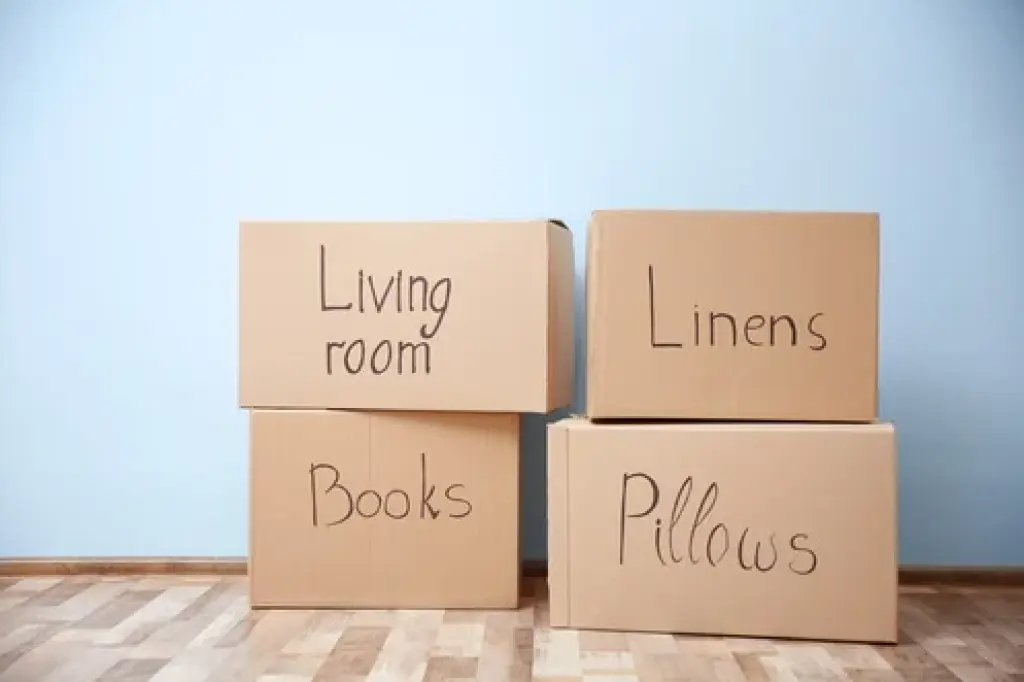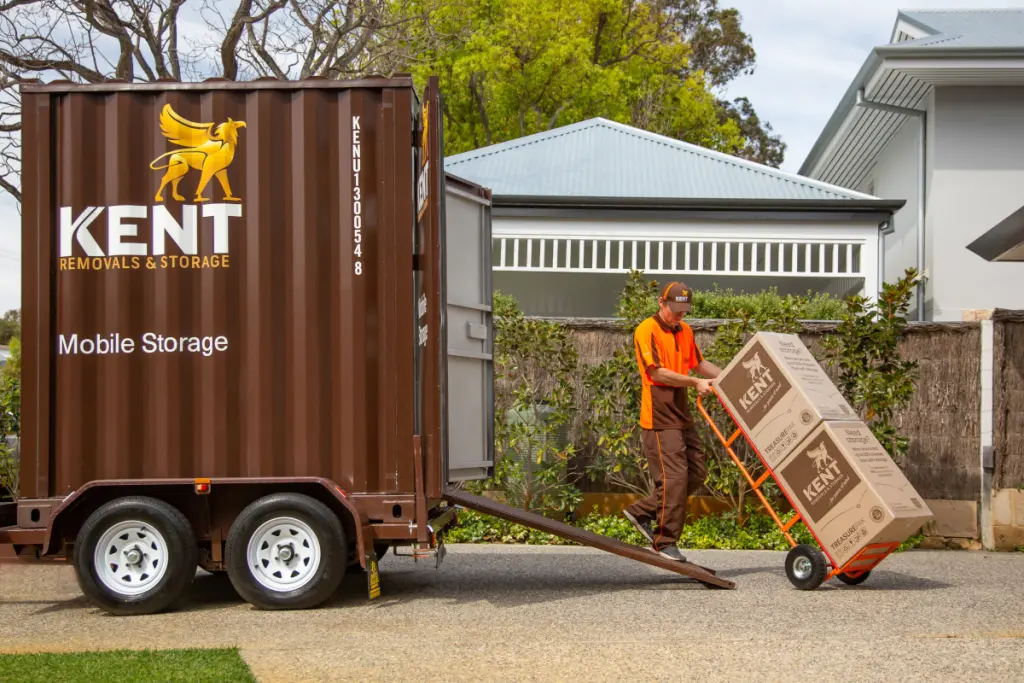Transport and housing are two of the essential factors in any successful relocation. If you’ve got nowhere to live, and you can’t figure out how to get around, you’re not going to enjoy your time, are you?
Here’s a quick guide on transport and housing in the USA to make your relocation just that little bit simpler.
Transport in the US
America is a vast, extremely diverse country. This diversity extends to transport. So, where you live will have the greatest impact on how you’re going to get around.
The big cities, like San Francisco, New York, Boston and Washington all have excellent public transport systems, which make owning a car unnecessary for getting around. On the other hand, the second biggest city in the country, Los Angeles has a rather lacklustre public transport system, which means you may need a car if you’re living in downtown LA.
Of course, if you live in a regional area, a small town or even a suburb that is in the outer-reaches of a large city, a car will probably be a necessity.
Driving in America
If you live in an area that requires you to drive, you should be aware of the following:
In America, you need to drive on the right-hand side of the road, which can be difficult for Australians who are used to driving on the left. For example, you’ll have to get used to having your gearstick in your right hand, and having cars approach you from the opposite direction to which you’re accustomed. This can take some getting used to, so make sure you get your bearings on a private road before you try driving on an interstate
The traffic and driving laws vary from state to state, so do your research
Texting while driving and driving intoxicated are illegal. In some states, you’re not allowed to use your phone for any reason, even navigation
In many states, it is illegal to overtake a school bus if it has stopped
You can turn right when stopped at a red light in some states, as long as it is safe to do so
On highways, the right-hand lane is the slow lane, and the left is used for overtaking
You can learn more about driving in America, and road rules by visiting the Department of Motor Vehicles.
Some US states require Australian license holders to possess an International Driving Permit (IDP). These cannot be issued in the US, so you’ll need to obtain one before you leave Australia. You can obtain these through the motoring club in your state or territory; the links are below:
New South Wales and the Australian Capital Territory: NRMA (National Roads and Motorists’ Association)
Queensland: RACQ (Royal Automobile Club of Queensland)
Victoria: RACV (Royal Automobile Club of Victoria)
South Australia: RAA (Royal Automobile Association of South Australia)
Western Australia: RAC (Royal Automobile Club of Western Australia
Tasmania: RACT (Royal Automobile Club of Tasmania)
Northern Territory: AANT (Automobile Association of Northern Territory).
Upon arriving in the US, you may want to apply for a drivers’ license; the requirements vary from state to state, so follow this link to find more information.
Public Transport in the USA
AmTrak is the national rail company, offering routes throughout 46 states and 500 destinations. Bus companies such as Coach USA and Greyhound also provide interstate and intercity bus services.
Most major US cities have train services, with New York, San Francisco, Chicago and Washington operating underground facilities. Tram and light rail services also operate around Atlanta, Boston, Houston, Los Angeles, Memphis, Philadelphia, San Francisco, and Tampa.
Taxis and Ubers are available throughout major urban centres. Taxis are a more expensive option, but Uber only covers around 75% of the country.
Housing in the USA
Whether you’re renting or buying, it’s always best to investigate potential opportunities before arriving in America. The following sites are a great place to start, and they’ll give you a general idea of what is available and how much you’ll need to pay:
As most expats will rent, here’s what you can expect from the rental market:
As in Australia, you will need to pay a security deposit which will be returned to you after you vacate the property, providing you have caused no damage.
The rental markets in major cities like New York and Los Angeles are incredibly competitive, meaning you’ll often have to make decisions on the spot.
Leases can be longer than they are in Australia, often lasting up to two years. If you’re uncertain about how long you’ll be staying make sure a ‘break clause’ is included in the contract so you can exit the property with 30-days’ notice.
If you decide to buy property, investigate the property taxes in the state you are moving to. These taxes can run up to 2.3% of the property value per annum, so do your research to avoid unforeseen costs.
If you are planning on moving with family read our guide on education & childcare , working in USA. Or if you are just an avid traveller exploring the nature and the concrete skyscrapers read our top 5 things to know when in America.
If you’d like any further information about USA, or the relocation process, don’t hesitate to get in touch with our friendly international removals team.







